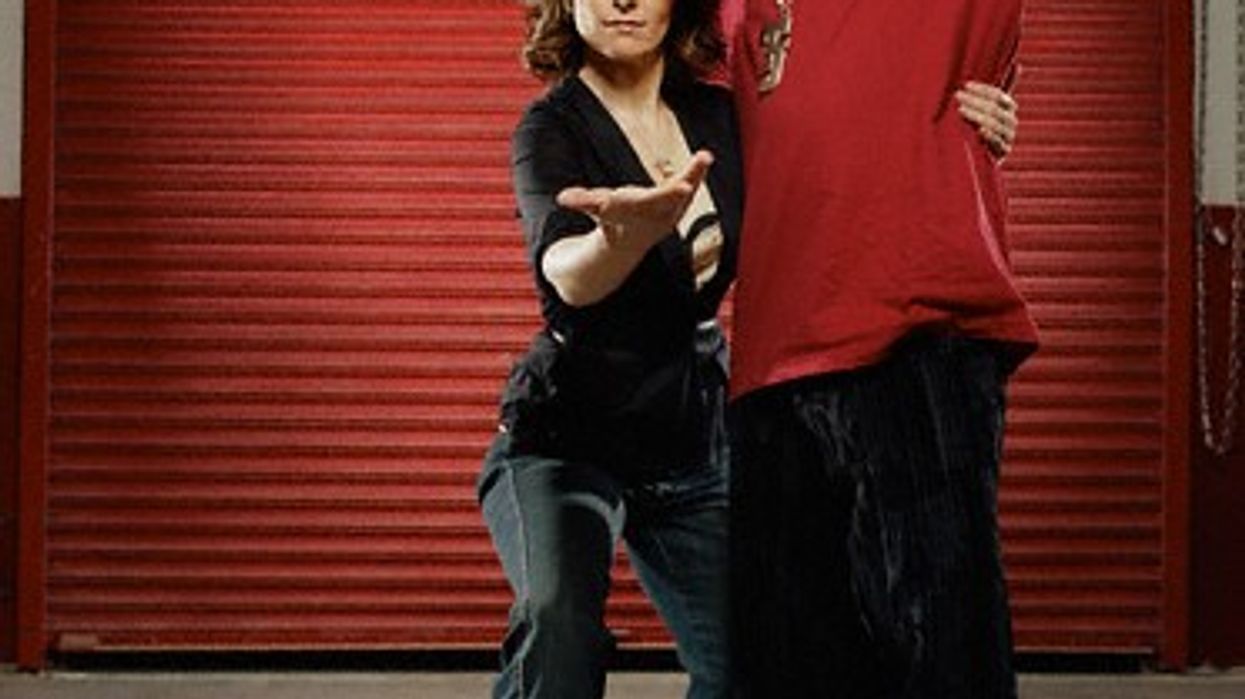James Barnett makes fauvist paintings of picturesque videogame environments.
"I don't paint things. I only paint the difference between things." –Henri Matisse
In 1905, a group of young painters brought an unexpected display to the third Salon d'Automne in Paris, which was becoming a premier venue for new developments in 20th century painting and sculpture. Led by the 35-year-old Henri Matisse (one of the Salon's founders), the collection of canvases were so simple in their designs and so offensively bright in color that one critic labeled the artists as "fauvres" or "wild beasts." Inspired by cave drawings and children's paintings, the movement was short-lived, barely lasting the decade, but was immortalized for its examination of color and its naked, passionate approach. Fortunately, the field has one more entrant-James Barnett.
Bored after the collapse of the internet economy several years ago, the Arizona resident was looking for something to pass the time since work as an information architect had dried up. So he and his friends decided to throw an art show in a friend's basement. They bought black turtlenecks and wine and painted whatever they thought would make sense. "Every single painting sold," Barnett says. The modest success of the "opening" turned Barnett on to painting and, more recently, photography. But while flipping through a book of the aforementioned Fauvists, Barnett had a realization. The pastoral compositions of painters like Matisse and Braque found a correspondent in something he already knew: videogames.
Barnett has been playing games for years, but now, he had a new direction. He had just bought a new video card to play the newest rounds of games and was amazed at the compositions he saw inside those virtual worlds. "The afternoon stuff in Call of Duty was just beautiful," he says. "You just sort of wander around." And wander around he did as he searched high and low for the proper landscapes to turn into paintings.
Barnett calls his work "fauxvism"-partly as a nod to Matisse and his ilk, but also as a play on his own self-taught status. He was attracted to the style for its use of color. "In my head, Matisse is a sort of cartoonist. There's an outline and color in the outline. There's not a lot of modeling and it's pretty flat colors." But applied to the verisimilitude of videogame environments, the result is something both familiar and eerie. The wreckage town of Megaton from Fallout 3 and the Brooklyn Bridge of Grand Theft Auto IV take on a new tone through Barnett's eyes.
What's fascinating about the work is the potential it has for videogame developers. Many are deeply interested in creating virtual worlds that look exactly like the present one, but in fact, a layer of abstraction adds new depth to videogame environments. Barnett says the big problem is that videogame art directors sublimate their own voice in pursuit of realism. That's a mistake. "I like a cocktail napkin drawing better than a mirror. I like the energy where you can see the painter's hand as opposed to the still image."
Jamin Brophy-Warren is a freelance writer living in New Haven, Connecticut. He is a former arts and entertainment reporter for the Wall Street Journal, a contributor at Slate, and editor of the forthcoming gaming magazine Kill Screen.
Images courtesy of James Barnett









